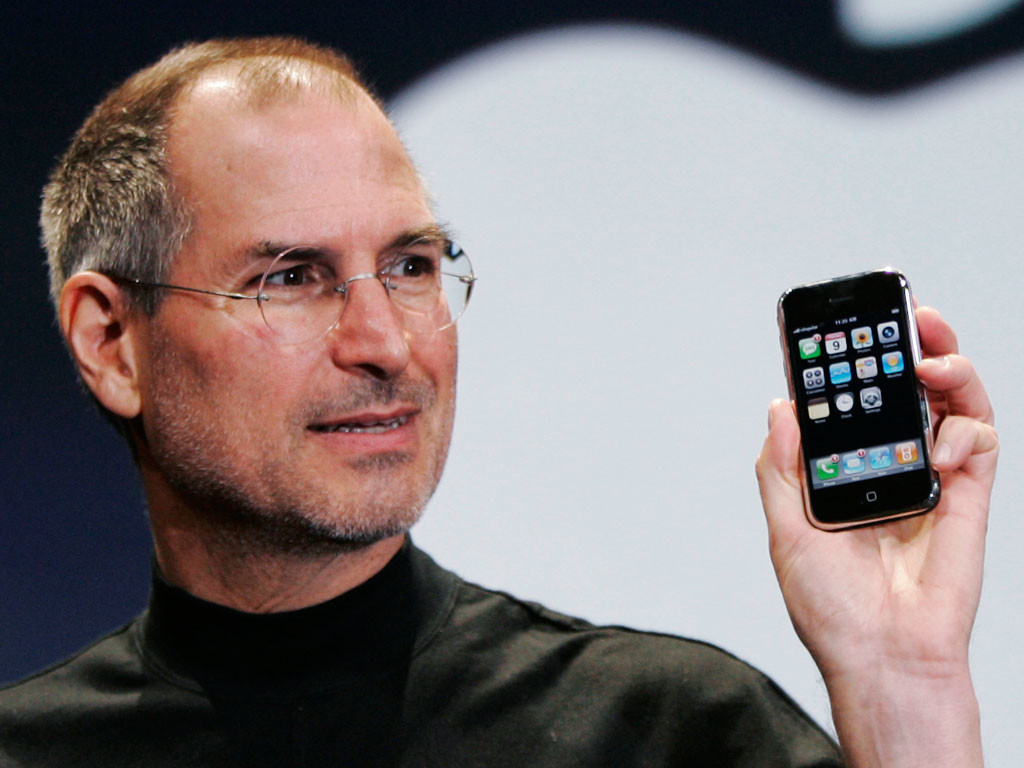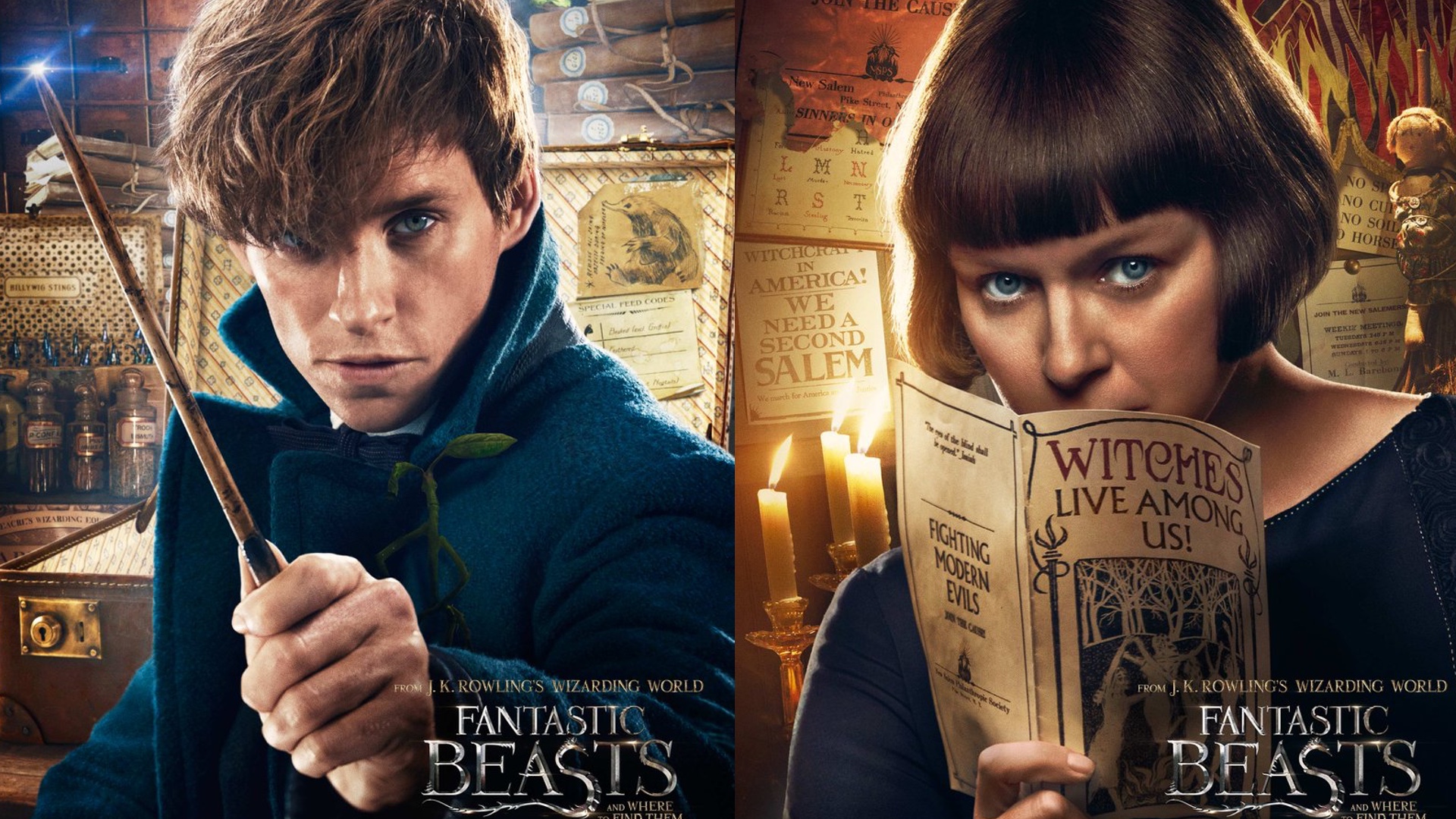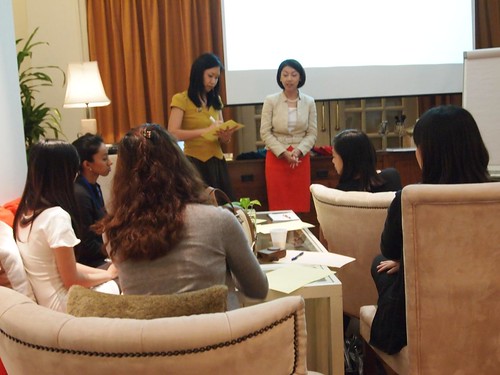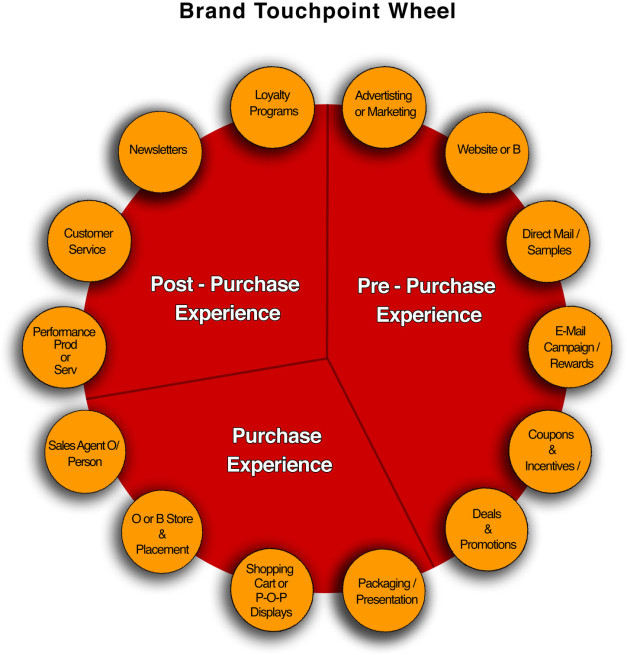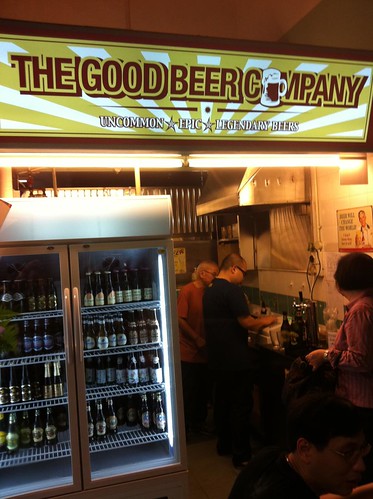
Nobody manages resources better than Nature! (image source)
Sustainability seems to be the buzzword these days. We’ve all heard about how companies are investing in carbon credits to offset their industrial activities, embark on occasional recycling programmes, or improving their efficiency to reduce their carbon footprint. While such motives are laudable, they often compromise on business profitability, and are seen more like “CSR” investments. Should the economy – and business – nosedive, would companies still be as noble?
To overturn traditional thinking on business sustainability, Gregory Unruh of the Lincoln Center for Ethics in Global Management shared that one should adopt a “value cycle” rather than the standard “value chain” in one’s business model. The idea behind this is reuse as much material from one’s products as possible, and to feed that back into the manufacturing, distributing and retailing process. This should be done in a profitable manner and be so ingrained into business practices that it becomes second nature.
